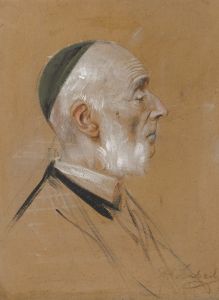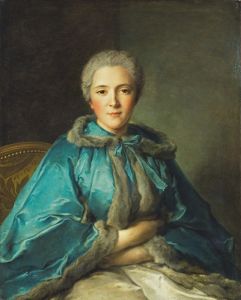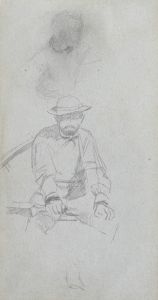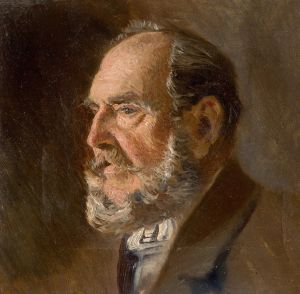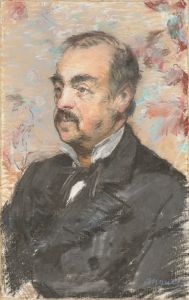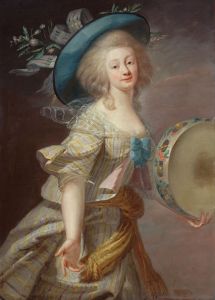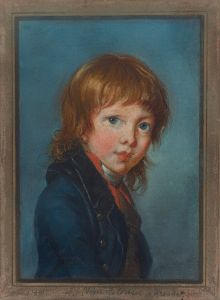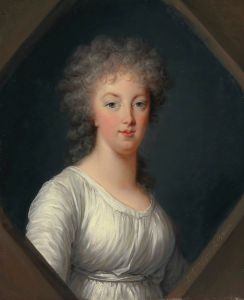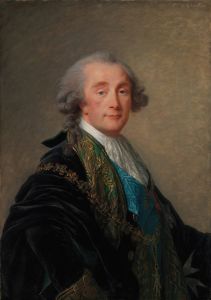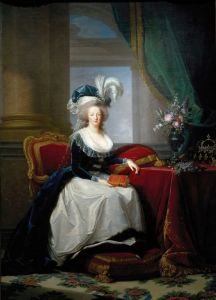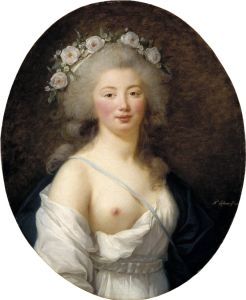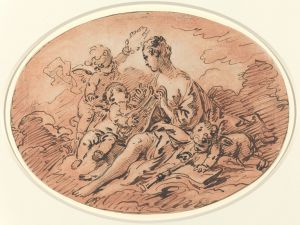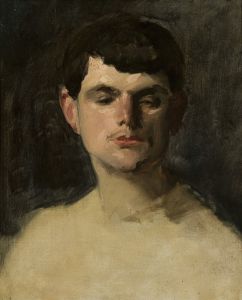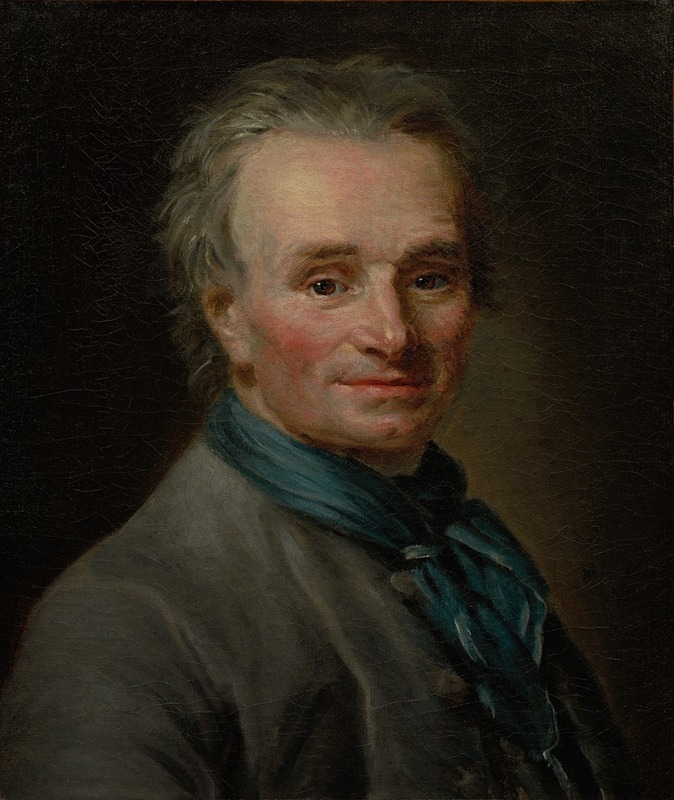
Portrait of Jean-Baptiste Lemoyne the Younger
A hand-painted replica of Elisabeth Louise Vigée Le Brun’s masterpiece Portrait of Jean-Baptiste Lemoyne the Younger, meticulously crafted by professional artists to capture the true essence of the original. Each piece is created with museum-quality canvas and rare mineral pigments, carefully painted by experienced artists with delicate brushstrokes and rich, layered colors to perfectly recreate the texture of the original artwork. Unlike machine-printed reproductions, this hand-painted version brings the painting to life, infused with the artist’s emotions and skill in every stroke. Whether for personal collection or home decoration, it instantly elevates the artistic atmosphere of any space.
Elisabeth Louise Vigée Le Brun was a prominent French portrait painter of the late 18th and early 19th centuries, known for her refined and elegant style. She was one of the few women admitted to the Académie Royale de Peinture et de Sculpture and gained fame for her portraits of European royalty and aristocracy, including Marie Antoinette. Her work is characterized by its graceful depiction of subjects, attention to detail, and the ability to capture the personality and status of her sitters.
The "Portrait of Jean-Baptiste Lemoyne the Younger" is one of Vigée Le Brun's works, showcasing her skill in portraiture. Jean-Baptiste Lemoyne the Younger was a notable French sculptor, recognized for his contributions to the Rococo style. He was born in 1704 and became a significant figure in the art world of his time, creating sculptures that adorned many important buildings and spaces in France.
In this portrait, Vigée Le Brun captures Lemoyne with her characteristic finesse. The painting likely reflects the fashion and artistic sensibilities of the period, with attention to the textures of fabrics and the subtle play of light and shadow. Vigée Le Brun's portraits often included elements that highlighted the status and personality of the sitter, and this work would be no exception, given Lemoyne's prominence in the art community.
The portrait would have been painted during a time when both Vigée Le Brun and Lemoyne were active in their respective fields, possibly in the latter half of the 18th century. This period was marked by significant cultural and political changes in France, with the Rococo style giving way to Neoclassicism, and the French Revolution altering the social landscape. Artists like Vigée Le Brun navigated these changes, adapting their styles and subjects to the evolving tastes and political climates.
Vigée Le Brun's ability to capture the essence of her subjects made her a sought-after portraitist. Her works are noted for their elegance and the way they convey the dignity and grace of the individuals she painted. The "Portrait of Jean-Baptiste Lemoyne the Younger" would exemplify these qualities, presenting Lemoyne in a manner that reflects his artistic achievements and social standing.
While specific details about the painting, such as its current location or provenance, may not be widely documented, it remains an example of Vigée Le Brun's contribution to portraiture and her role in the art world of her time. Her portraits continue to be celebrated for their beauty and historical significance, offering insights into the people and culture of 18th-century France.





